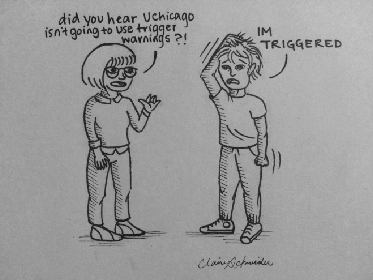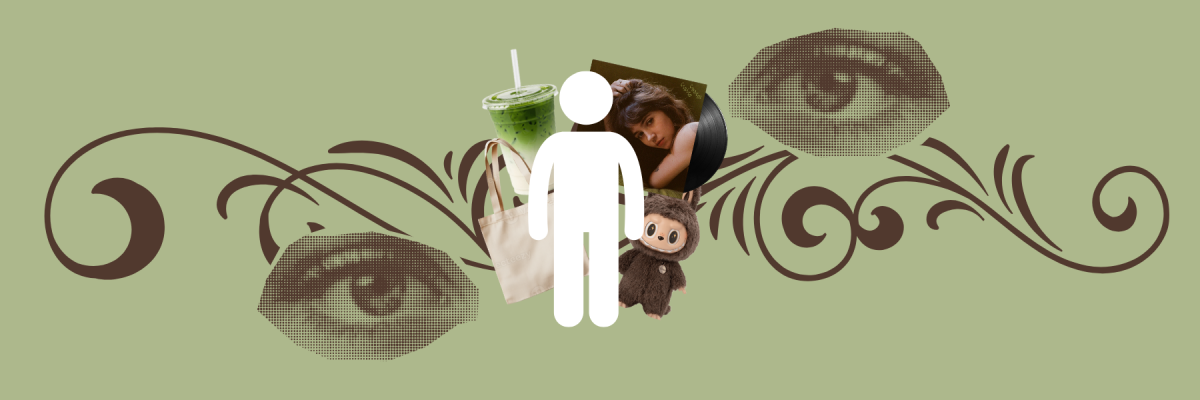In universities across the United States, professors are expected by their students to issue a notice if the class material or lesson plan contains information that may cause emotional distress. Material that touches upon topics such as rape, domestic violence, suicide and disordered eating are all subject to be stamped with a trigger warning.
In August of this year, The University of Chicago sent a letter to incoming freshmen to announce that the school would not be putting trigger warnings on any class materials. The institution prides itself over the fact that “members of our community are encouraged to speak, write, listen, challenge and learn, without fear of censorship,” the dean of students wrote in the letter. The university said in the letter that it “does not condone the creation of intellectual ‘safe spaces’ where individuals can retreat from ideas and perspectives at odds with their own.”
The school made the right decision by choosing to let the voices of controversial speakers be heard. Although some topics can be sensitive to read or talk about, they are still important issues that we face every day. It’s impossible for students to be shielded from things that make them uncomfortable forever, so they should begin to explore these controversial topics in a classroom setting, where people who have the same questions, fears and concerns surround them.
If topics like rape, domestic violence, and suicide can circulate online and in the news, why can’t they circulate in the classroom?
One of the most important aspects of receiving higher-level education is for the student to widen their perception of society and to learn new things about the world we live in. Therefore, students should be able to read and discuss material that may contain sensitive content. Learning shouldn’t be limited because professors and pupils are too worried about being politically correct.
High school and college students are exposed to all types of literature, but if some of the texts came with a trigger warning, they may be more resistant toward reading it and they may have trouble engaging in it because they are waiting for the part that’s supposed to be triggering.
If the novel “The Great Gatsby” by F. Scott Fitzgerald had a trigger warning stamped on the front cover because the author tackled domestic abuse, or the novel “The Kite Runner” by Khaled Hosseini had a trigger warning because of one rape scene, a student could’ve easily set those books aside because even thinking about an abusive situation can be overwhelming and intimidating. Moreover, the person also would’ve missed out on two prominent books that deal with issues that are relevant today; they would’ve put their education on halt because of a label.
Countless works of literature focus on topics that were intended to shatter our hearts or make our guts queasy because that seems to be the most effective way to get an idea stuck in our heads. The reason why books like that have been studied and discussed for years is because they made us uncomfortable, and have made us think harder about society.
If a student is concerned that the books or films assigned for class may be about things that are prone to give them anxiety or some kind of unwanted flashbacks, they could review their syllabus beforehand and ask the professor what the future lesson entails. A trigger warning may be a good idea for one student, but it could be a terrible idea for many more.








